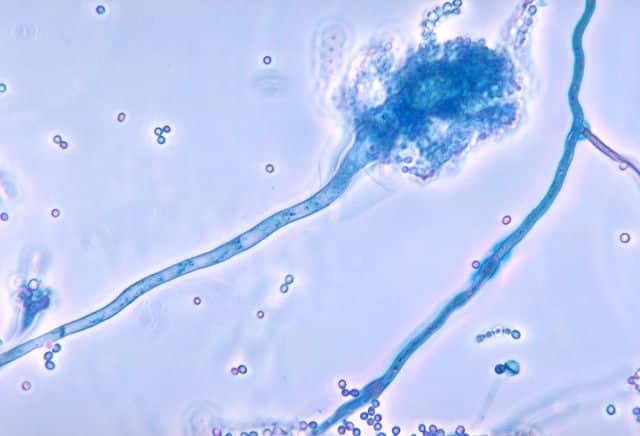Sexually transmitted infections affect the lives of many people all around the globe. Many of these infections are usually left undetected, and some eventually lead to deaths. According to The World Health Organization, the four most common STIs include chlamydia, gonorrhea, trichomoniasis, and syphilis. All four infections are curable; however, they also increase the risk of having and spreading human immunodeficiency virus (HIV). According to the WHO African Region’s findings, there are high incidence rates for gonorrhea and trichomoniasis in both men and women in Africa. The study targeted adults aged from 15 to 49.
Some of the causes of the increasing rate of trichomoniasis include lack of education, inadequate health facilities, alcohol, and drug abuse, and having multiple sexual partners. Another cause in South Africa is the migration of men from rural to urban areas to find employment. A study concluded that among 367 South African men semen samples, almost half displayed infectious microorganisms; the result was achieved because according to the study, males have more contact with sex workers and casual sexual partners,
What is Trichomoniasis?
Trichomoniasis is a sexually-transmitted infection caused by a protozoan parasite, Trichomonas vaginalis. In the whole African region, about 42.8 million is infected. It occurs mostly in women than in men. According to studies, this infection is mostly asymptomatic, 85% in women, and 77% of men. When symptomatic, upper reproductive tract disease syndrome may also occur. A study conducted in 2017 concluded that out of 604 vaginal samples, 196 reported some vaginal infection symptoms; 38 of these had trichomonas vaginalis.
Symptoms
When symptomatic, it usually takes about 4 to 28 days before some signs appear. Do note that some people do not experience any symptoms at all, so it is still best to get tested. For trichomoniasis, symptoms may include:
For women:
- Foul-smelling vaginal discharge – colors might be gray, white, yellow, or green
- Genital burning, itching, and redness
- Pain when urinating or when having sexual intercourse
For men:
- Irritation inside the penis
- Burning feeling when urinating or after ejaculating
- Penile discharge
Diagnosis
You can’t be diagnosed with trichomoniasis just by basing on your symptoms. A health care provider can only detect the infection by doing laboratory tests. Tests like rapid antigen and nucleic acid amplification tests can also be done if the first tests aren’t conclusive.
Treatment
The commonly prescribed medicine for trichomoniasis is either metronidazole or tinidazole. Many are asked to have megadoses. It has also been noted to not take alcohol for 24 hours after taking metronidazole, and 48 more hours after taking tinidazole. These medicines can cause nausea and vomiting. Secnidazole is another medicine that could be used to treat trichomoniasis. Secnidazole is an antibiotic used to treat bacterial vaginosis, which is a certain type of vaginal infection. It stops the growth of bacteria.
Once diagnosed and after treatment, a retest should be done after about two weeks to three months; this is done to reassure that you have not been reinfected.
References:
https://www.who.int/bulletin/volumes/97/8/18-228486/en/
https://bmjopen.bmj.com/content/7/10/e016959
https://www.mayoclinic.org/diseases-conditions/trichomoniasis/symptoms-causes/syc-20378609
https://www.cdc.gov/std/trichomonas/stdfact-trichomoniasis.htm
https://www.mayoclinic.org/diseases-conditions/trichomoniasis/diagnosis-treatment/drc-20378613

